Canning is a great way to preserve and enjoy food throughout the year. However, it’s important to understand that canning also involves safety measures to ensure the food you preserve is safe.
Here, we will cover everything you need to know about how to Safely can food at home. We’ll discuss the importance of canning safety, review 10 essential canning safety rules, and provide tips for safe and enjoyable home canning. We’ve covered you, from using high-quality ingredients to monitoring temperature and pressure. So, let’s begin your journey to becoming a confident and safe canner!
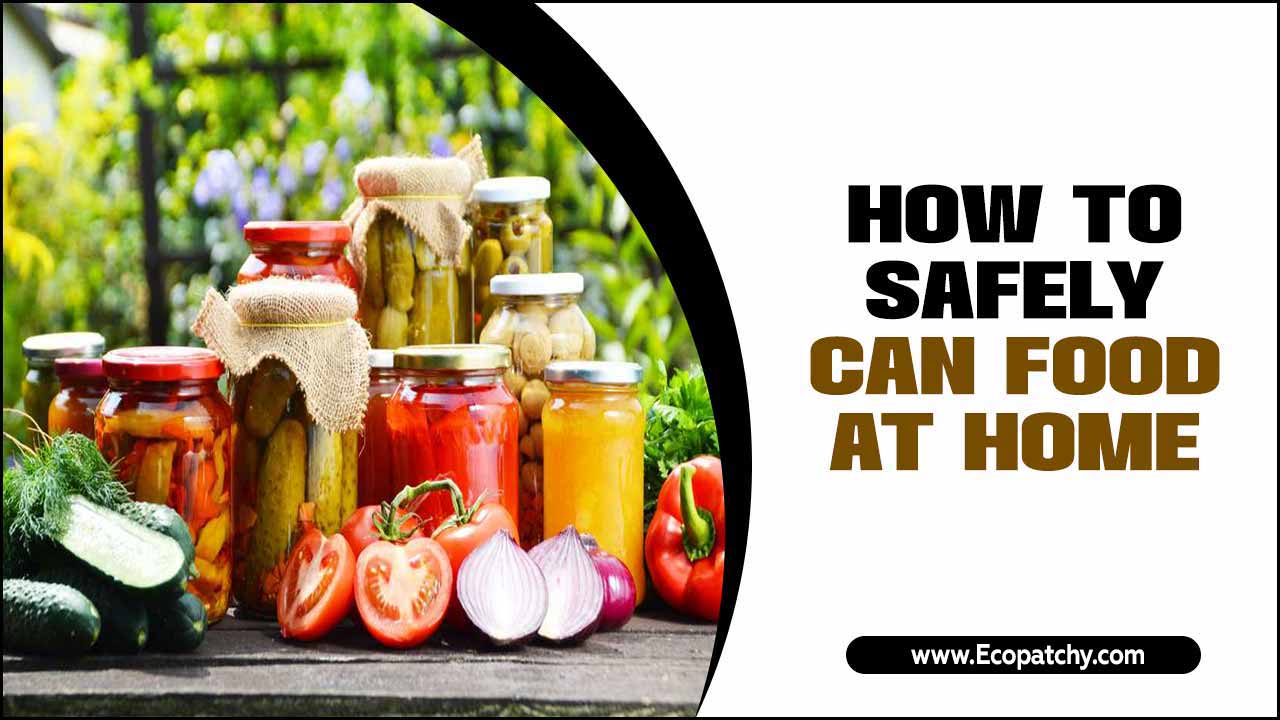
About Home Canning
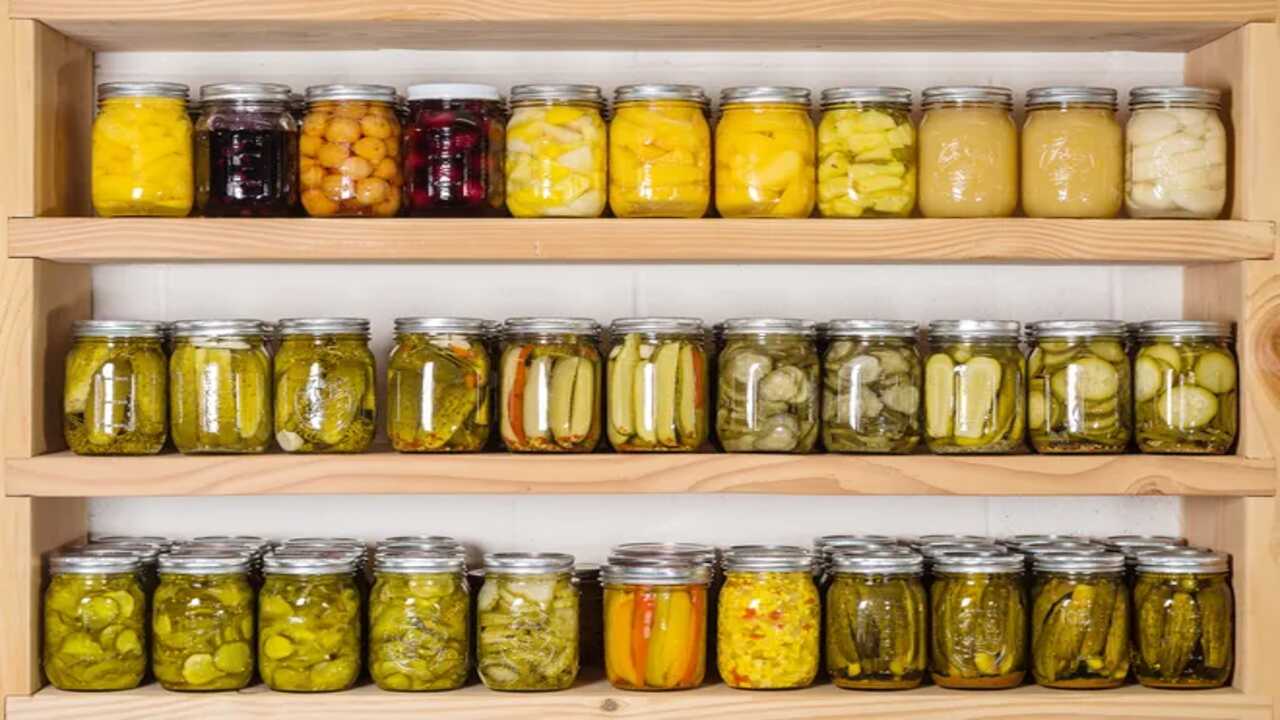
Discover the art of preserving food at home through home canning. Experience the numerous benefits that come with this age-old technique. By canning your produce, you can save money and relish the satisfaction of creating homemade canned goods. Return to the flavours of seasonal fruits and vegetables all year round.
Home canning is an excellent way to preserve the nutritional value of fresh foods from farmers’ markets or your garden. However, it is important to ensure safety during the canning process. Familiarize yourself with approved recipes and guidelines from trusted sources like the University of Georgia and the USDA.
Be aware of the potential growth of botulinum bacteria and the production of deadly toxins. Keep a clean environment, use the correct processing method, and carefully monitor pressure and temperature. When done correctly, home canning is a safe and effective method of food preservation.
Understanding The Importance Of Canning Safety
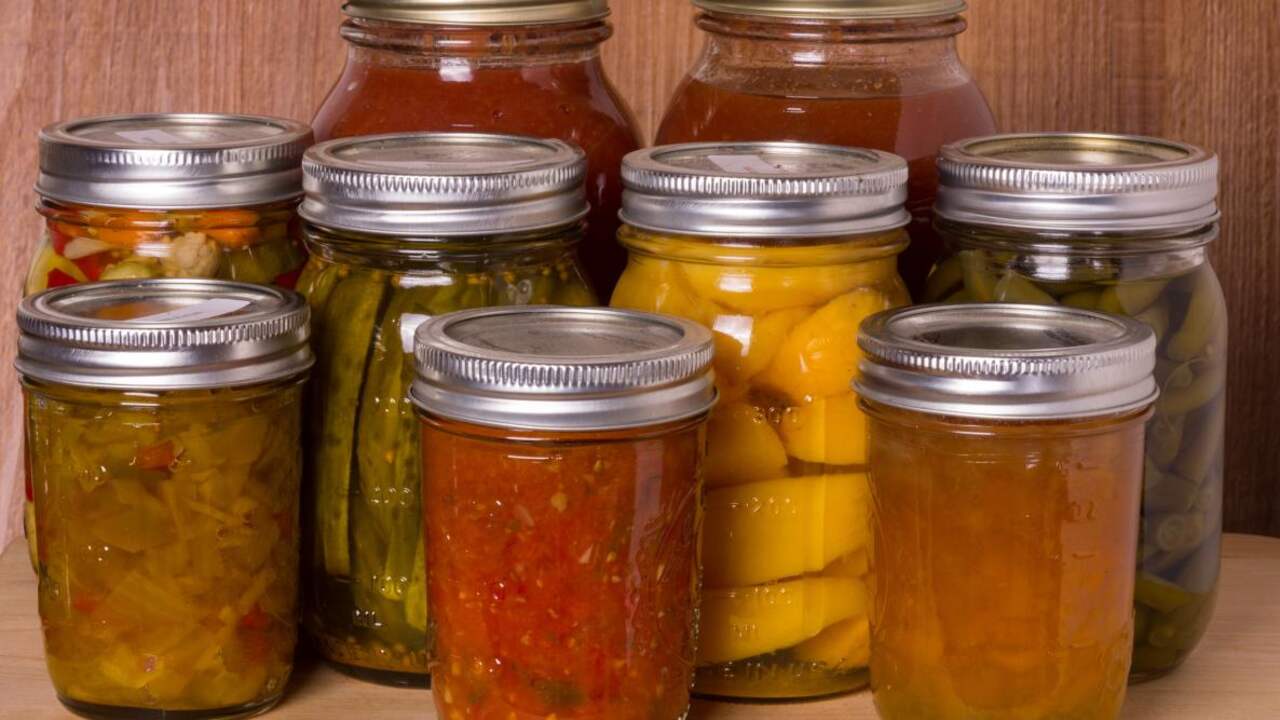
Canning food at home can be a great way to preserve fresh produce and enjoy it throughout the year. However, it is important to understand the importance of canning safety to prevent the growth of harmful bacteria and ensure that your canned goods are safe to consume.
One of the most critical aspects of canning safety is properly sterilising jars and equipment. This involves thoroughly cleaning and sanitizing all utensils, jars, and lids before use. Additionally, following recommended processing times and temperatures is crucial for destroying any bacteria or microorganisms in the food.
It is also important to inspect jars for any signs of spoilage before consuming the contents. By prioritizing canning safety, you can confidently enjoy your homemade canned goods without worrying about potential health risks.
10 Canning Safety Rules: How To Safely Can Food At Home

When safely canning food at home, you should follow ten important rules. First and foremost, start with fresh, high-quality ingredients to ensure the best results. When canning food at home, it is crucial to prioritize safety above all else.
Following the 10 canning safety Rules how to safely Can food at home is essential to ensure that the food we preserve remains safe and free from any potential hazards. These rules serve as a guide to help individuals navigate the canning process with caution and precision.
1.Start With High-Quality Ingredients
When safely canning food at home, starting with high-quality ingredients is essential. Using fresh produce that is in peak condition will not only result in better flavour but will also help ensure the safety of your canned goods. It’s important to select fruits and vegetables that are ripe but not overripe or damaged.
Additionally, thoroughly wash all produce before canning to remove dirt or bacteria. By starting with high-quality ingredients, you’ll be setting yourself up for success when it comes to safe and delicious home-canned foods.
2.Clean And Sanitize Your Equipment
When safely canning food at home, one important step is to clean and sanitize your equipment. This helps to prevent the growth of harmful bacteria and ensures that your canned food remains safe for consumption. Before starting the canning process, wash all utensils, jars, lids, and bands with hot water and soap. Rinse them thoroughly to remove any soap residue.
Then, sanitize the equipment by either boiling them in a large pot of water for 10 minutes or using a solution of 1 tablespoon of chlorine bleach per gallon of water. Be sure to let the equipment air dry before using them for canning. By properly cleaning and sanitizing your equipment, you can help maintain the quality and safety of your canned food.
3.Use Proper Canning Jars And Lids
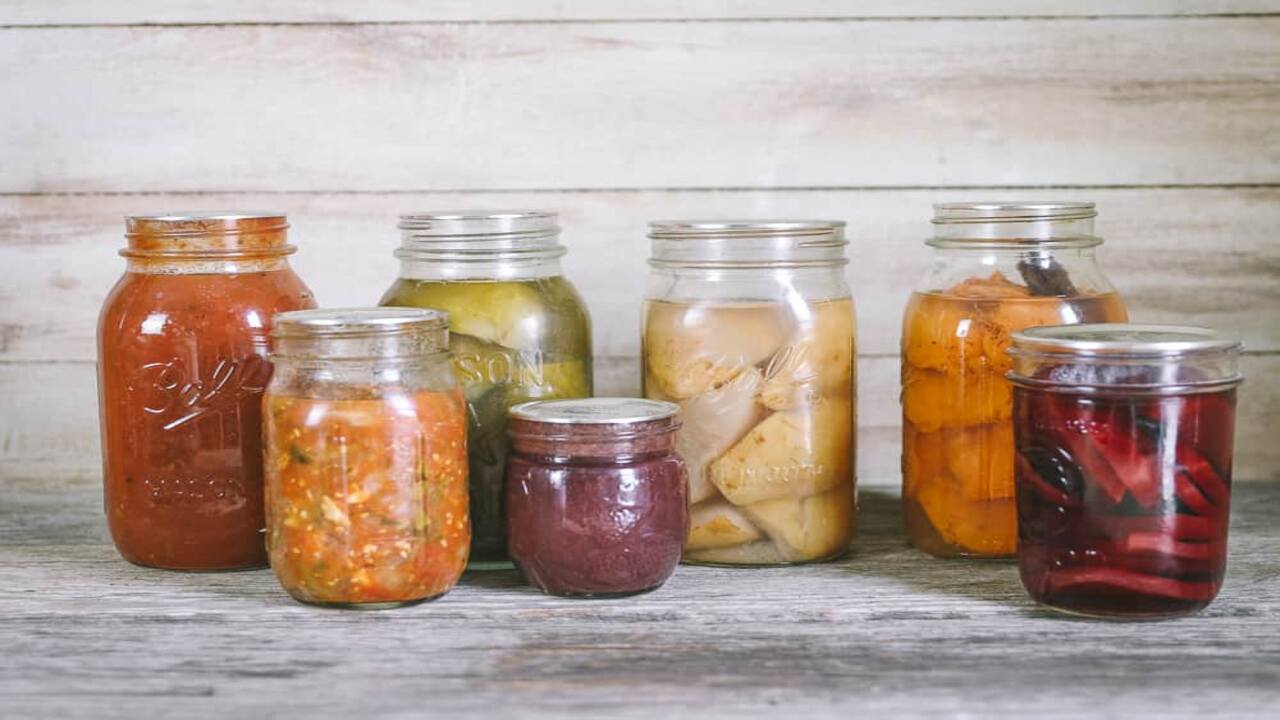
When safely canning food at home, it’s important to use proper canning jars and lids. Choosing the appropriate canning jars for your recipe is key. Before using them, always inspect the jars for cracks or chips to ensure they are in good condition. To achieve a proper seal, it’s crucial to use new lids. Additionally, ensure that the screw bands are free of rust and in good condition.
Remember to secure the lids and bands firmly but not too tight when tightening the lids and bands. This allows for proper air circulation during the canning process. By following these guidelines and using the right jars and lids, you can ensure that your canned food stays fresh and safe to consume for an extended period.
4.Follow Approved Recipes And Guidelines
When safely canning food at home, following approved recipes and guidelines is crucial. Canning is a process that involves preserving food in jars at high temperatures to kill bacteria and other microorganisms that can cause spoilage or illness. Approved recipes ensure that the acidity levels and processing times are appropriate for the specific type of canned food.
It is important to note that improvising or altering recipes can be dangerous and increase the risk of botulism, a serious food poisoning. By following approved recipes and guidelines from reputable sources such as the USDA or the National Center for Home Food Preservation, you can ensure the safety and quality of your home-canned foods.
5.Use The Correct Processing Method
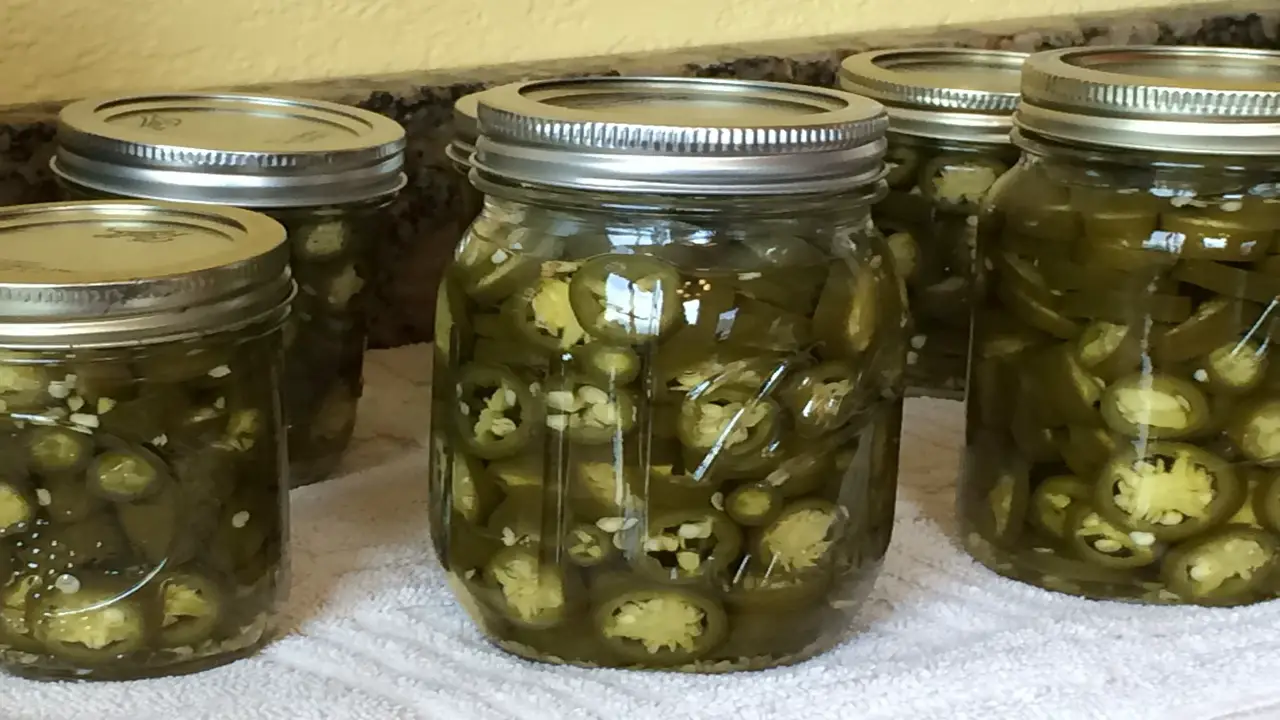
Safely canning food at home and using the correct processing method is crucial. Two main methods for processing canned food are boiling water baths and pressure canning. The boiling water bath method suits high-acid foods like fruits, jams, and pickles. This method involves submerging the filled jars in a pot of boiling water for a specified time.
On the other hand, pressure canning is necessary for low-acid foods, including vegetables, meat, and poultry. This method requires a specialized pressure canner to raise the temperature inside the jars to kill any potential bacteria spores. It’s important to carefully follow the recommended processing times and pressures for each type of food to ensure that it is safely preserved and free from harmful bacteria.
6.Monitor And Regulate Pressure And Temperature
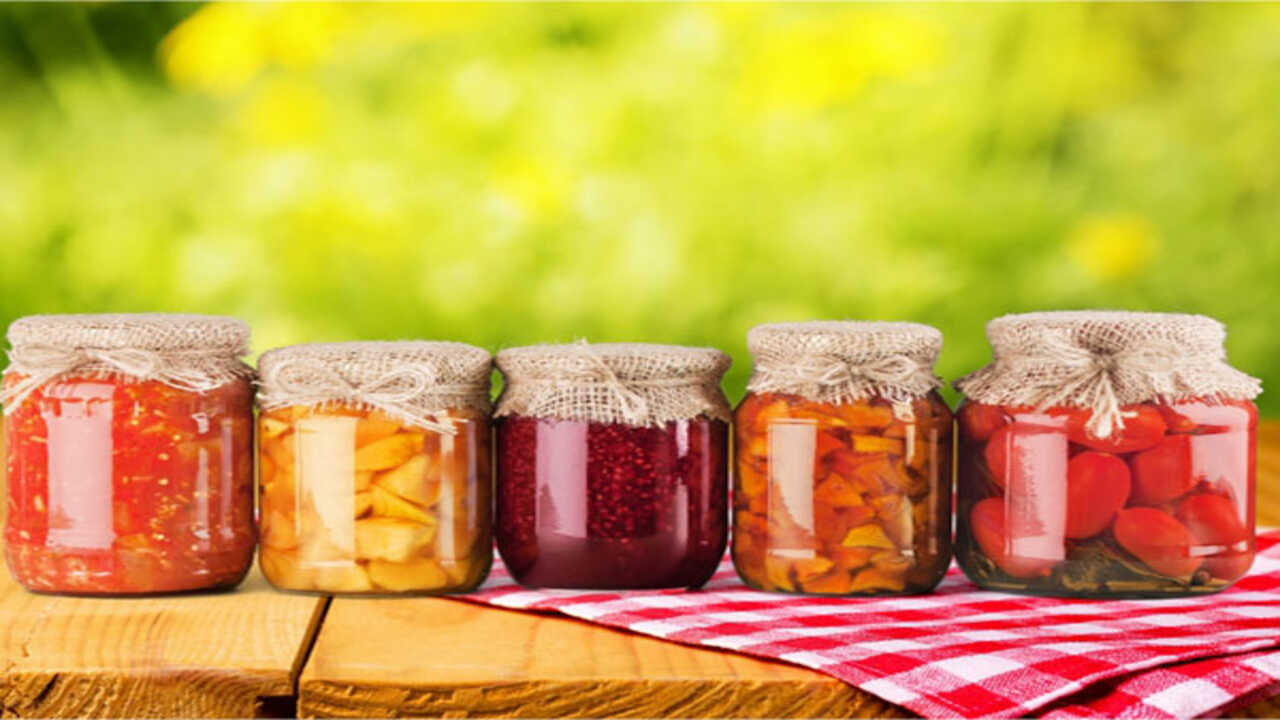
Monitoring and regulating pressure and temperature is crucial in safely canning food at home. It is important to follow the specific instructions for your canning method to ensure that the pressure and temperature are maintained at the correct levels throughout the entire process.
This helps to create a vacuum seal that prevents the growth of harmful bacteria and preserves the quality of the food. A reliable pressure or water bath canner with an accurate gauge or thermometer is essential for achieving the desired results. Regularly checking and adjusting the pressure and temperature as needed will help to ensure that your canned food is safe to consume and will have a longer shelf life.
7.Handle And Store Canned Goods Properly
Handling and storing canned goods is essential to ensure their safety and longevity. After canning your food, letting the jars cool completely before handling them is important. This allows the seal to be fully set and reduces the risk of contamination. Once cooled, check the seals by pressing down on the centre of each lid. If the lid pops back up or clicks, it is not properly sealed and should be refrigerated or reprocessed using a new lid.
Keep canned goods in a cool, dry place away from direct sunlight when storing them. Excessive heat or moisture can cause spoilage or compromise the seal. Rotating your stock by using older cans first is important to maintain freshness.
Regularly inspect your canned goods for signs of spoilage, such as bulging lids, leaks, off smells or colours, or unusual textures. If any of these signs are present, discard the contents immediately, as they may pose a health risk. By following these tips for handling and storing canned goods, you can ensure that your home-canned foods remain safe and delicious for months or even years.
8.Check For Signs Of Spoilage Before Consuming
Before consuming your home-canned food, you must check for signs of spoilage to ensure your safety and prevent any potential illness. Always inspect the jar thoroughly, looking for any bulging or leaking, which could indicate botulism spores. Additionally, examine the food for discolouration, mould, or an off smell before consuming it.
To check for a proper seal, press on the lid – it should not move or make a popping sound. Trust your senses in this process; any unusual appearance or smell should raise concerns. Remember that spoiled food can lead to serious illness, so it’s better to be safe than sorry. If anything seems suspicious, discard it immediately. Following these guidelines, you can enjoy your home-canned food with peace of mind.
9.Stay Informed And Up-To-Date On Canning Safety
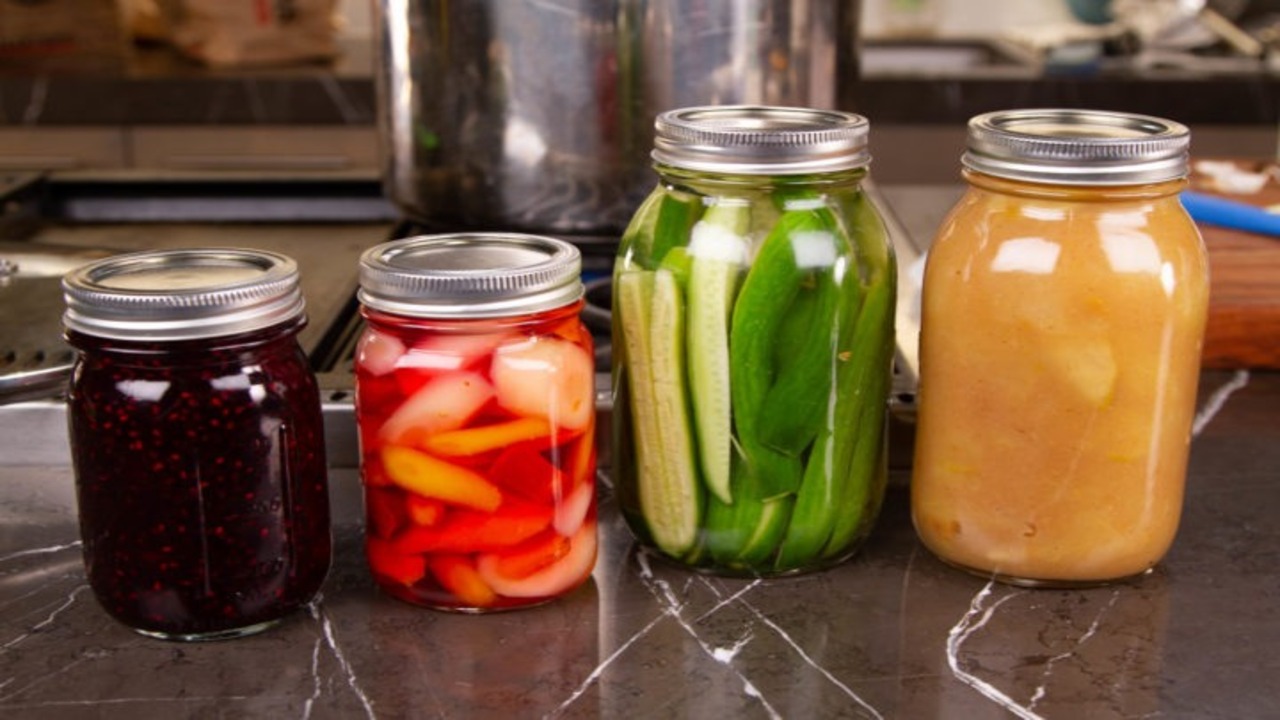
To ensure the safety of your canned foods, it’s crucial to stay informed and up-to-date on canning safety practices. Keep informed about the latest canning safety guidelines from reputable sources such as the USDA or the National Center for Home Food Preservation. Attend workshops or classes to learn new canning techniques and stay updated on best practices.
Engage in online communities or forums dedicated to canning safety, where you can exchange information and ask questions. Regularly check for updates or advisories related to canning safety to ensure you follow the most current recommendations. By staying informed, you can confidently preserve your foods safely and effectively.
10.Trust Your Senses And Use Common Sense
When home canning, it’s important to trust your senses and use common sense to ensure the safety of your canned goods. Make sure to use your sight, smell, and taste to detect any signs of spoilage before consuming a canned item. If something looks or smells off, it’s better to be safe than sorry – throw it out.
Be cautious of expired cans or jars, and do not consume them. When in doubt about the safety of a canned item, consult a professional or a trusted source for advice on food safety. Remember, using common sense and trusting your senses is crucial in ensuring the safety of your canned food.
Tips For Safe And Enjoyable Home Canning
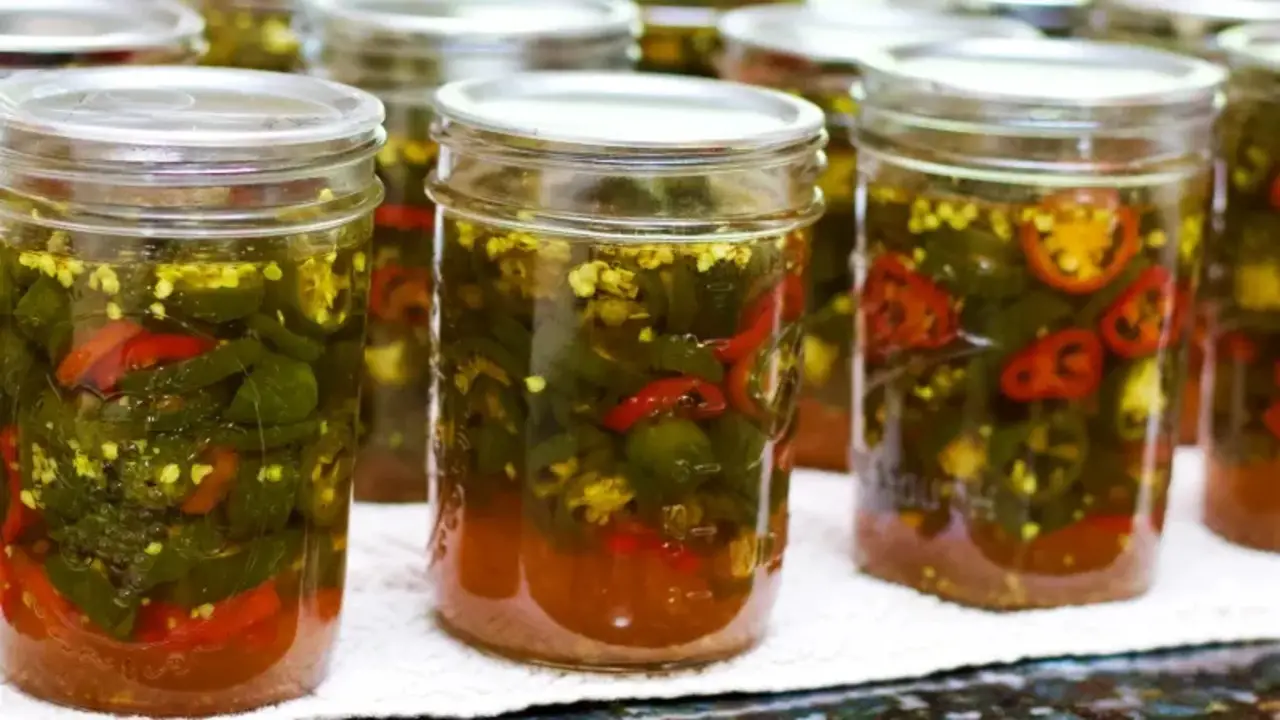
Home canning is a great way to preserve fresh food and enjoy it throughout the year. However, following proper safety guidelines is important to ensure your canned goods are safe to eat. By following these tips, you can safely enjoy your homemade canned goods and savour summer flavours all year round. Here are some tips for safe and enjoyable home canning:
- Use Proper Equipment: Make sure you have the necessary canning equipment, including jars, lids, and a pressure canner or water bath canner, depending on the food you’re preserving.
- Follow-Tested Recipes: Use recipes tested for safety by reputable sources, such as the National Center for Home Food Preservation or trusted canning cookbooks. Avoid altering ingredients or proportions, as this can affect the acidity level and increase the risk of spoilage.
- Practice Good Hygiene: Wash your hands thoroughly before handling food or equipment. Keep your work area clean and sanitize jars and lids before filling them with food.
- Process Jars Correctly: Follow your recipe’s recommended processing times and methods. This will ensure that harmful bacteria are destroyed during the canning process.
- Store Properly: Store your canned goods in a cool, dark place after processing. Check the jars’ seals regularly to ensure they’re still intact. If a seal is broken or you notice any signs of spoilage (such as mould growth or an off odour), discard the contents.
Conclusion
Home canning is a wonderful way to preserve your food and enjoy the fruits of your labour all year round. However, it is important to prioritize safety when it comes to canning. By following the ten canning safety rules outlined in this guide, you can ensure that your canned goods are free from harmful bacteria and safe to consume.
From using high-quality ingredients to properly sanitizing your equipment, every step plays a crucial role in maintaining the safety and integrity of your canned food. So, put on your apron, gather your supplies, and confidently start canning. We hope you understand how to safely can food at home. Happy canning!
Frequently Asked Questions
1.Is Canning Food At Home Safe?
Ans: Canning food at home can be safe if proper guidelines are followed. Ensure to use clean equipment and trusted recipes from reputable sources. Pressure canners are recommended for low-acid foods, while high-acid foods can be processed using water bath canning. Proper storage and labelling of canned goods are also important for safety.
2.Is It Safe To Jar Already Canned Food?
Ans: Jarring already canned food is not recommended as it can increase the risk of harmful bacteria growth. Follow proper sterilization and processing procedures and use tested recipes and approved methods to ensure safety. It’s better to be safe than sorry about improperly canned food.
3.What Is The Safest Way To Can Food?
Ans: The safest way to can food is by using a pressure canner. It’s important to follow recipe instructions and use the appropriate equipment carefully. Before filling jars with food, sterilize them and the lids properly. Store canned food in a cool, dry place and discard any cans showing spoilage.
4.How Long Is Canned Food Safe To Eat?
Ans: Canned food can be consumed for several years if stored properly. It is advisable to consume canned food within 2-5 years of production and always check the expiration date before consuming. If you notice any signs of spoilage, discard the product immediately.
5.Can I Make My Own Pet Food At Home?
Ans: It is possible to create homemade pet food using canned or fresh ingredients. However, seeking advice from a veterinarian or animal nutritionist is crucial to guarantee that the food meets your pet’s nutritional requirements. Avoid including toxic substances like chocolate, onions, and grapes in your homemade pet food. Finally, proper storage is essential to prevent contamination and spoilage.






